North Carolina is the only state on the Atlantic and Gulf coasts that allows large-scale inshore bottom shrimp trawling in our juvenile fish nurseries.
Inshore bottom trawling for shrimp is a destructive, unsustainable fishing method that has a lasting effect on our environment. Inshore bottom trawlers use heavy chains to drag nets across an underwater landscape already stripped bare by the practice, devastating our sounds, estuaries, and fish populations. For every pound of shrimp harvested, more than 4 pounds of non-target species are caught, discarded, and wasted.
How You Can Help
Contact Your State Representative
Contact your state senator and representative and ask them to act now to stop this devastating practice and save our sounds.
Our Estuaries
Estuaries are complex ecosystems that support distinct plant and animal communities. Young fish and crustaceans rely on all estuarine waters as nursery areas for food, protection, and the proper environmental conditions for development and growth. In North Carolina, only the shallowest portions of estuaries are designated as nursery areas. North Carolina has 2.1 million acres of estuary, making it the second largest estuary in the U.S.
Shrimping in North Carolina
Less than half (est. 1 million acres) of North Carolina's estuarine system is closed to shrimp trawling. Shrimp are available in coastal ocean waters where bycatch and habitat destruction is less of a concern. Over 98% of the annual commercial shrimp harvest in North Carolina is caught by using trawls.
Frequently Asked Questions
Inshore trawling for shrimp is a destructive, unsustainable fishing method that has had a lasting effect on our environment. Inshore bottom trawlers use heavy chains to drag nets across an underwater landscape already stripped bare by the practice. For the health of our state’s marine wildlife and other natural resources, continuing to allow it just doesn’t add up.


